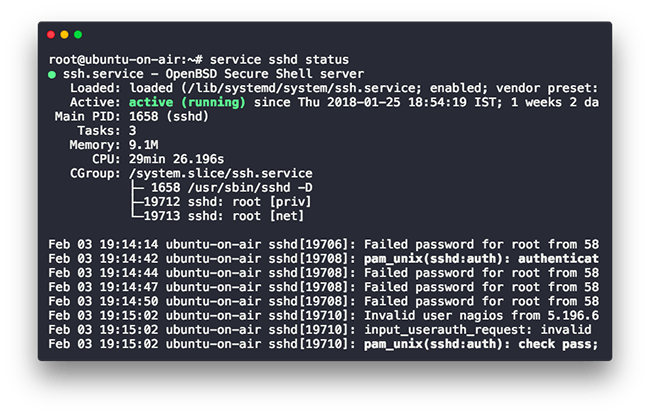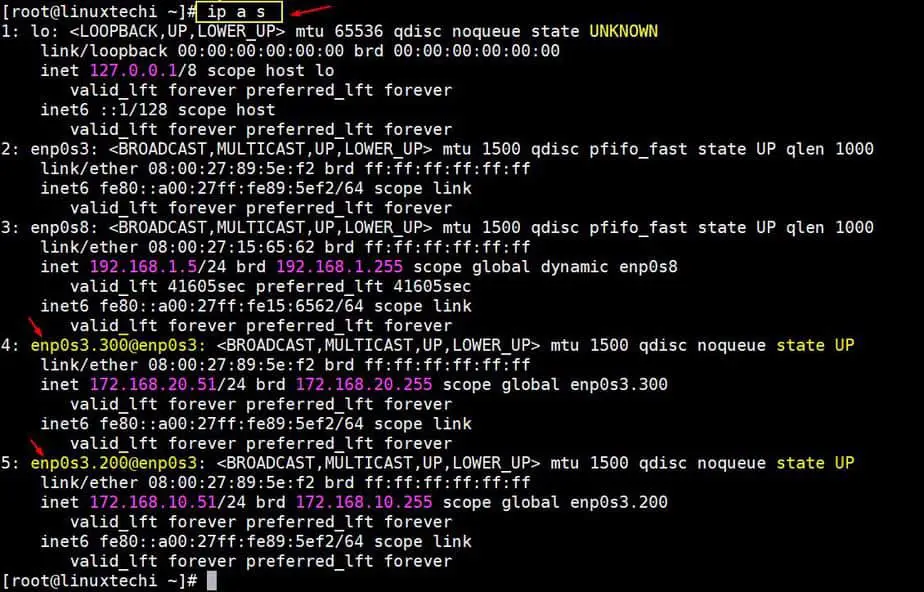

"Large Send Offload", "Wake on Magic Packet", "Flow Control", "Green Ethernet", "Transmit Buffers", "Receive Buffers", "TCP Checksum Offload", and so on.

Added 'Config Registry Key' column, which displays the Registry key that stores the network card configuration like, "Speed & Duplex",.Added /DisableEnable command-line option, which allows you to disable and then enable again the network interface from command-line.Added 'Disable+Enable Selected Interfaces' option (F8), which allows you to disable and then enable again the selected network interface.Added 'Sort By' dropdown to the toolbar.Also, if you hold down the shift key while choosing the sort menu item, you'll get a secondary sorting.

Like the column header click sorting, if you click again the same sorting menu item, it'll switch between ascending and descending order.
Command line to open ethernet status windows#
This utility works on any version of Windows, starting from Windows 2000 and up to Windows 11.īoth 32-bit and 64-bit systems are supported. Into Excel or other spreadsheet application. You can select one or more network interface items and then export them to xml/html/csv/tab-delimited file, or copy them into the clipboard and then paste them
Command line to open ethernet status mac#
They are not connected (like USB wireless network adapters).įor every network interface found on your system, the following information is displayed (if it's stored in the Registry):ĭevice Name, Connection Name, IP Address, Subnet Mask, Default Gateway, DHCP Server, Status, MAC Address and more. It displays network interfaces that are currently active, as well as network interfaces that have been installed previously, and now NetworkInterfacesView is a simple tool that displays the list of all network adapters/interfaces installed on your system. NetworkInterfacesView v1.30 - Show network adapters information and disable / enable them NetworkInterfacesView - show network adapters information and disable / enable them


 0 kommentar(er)
0 kommentar(er)
